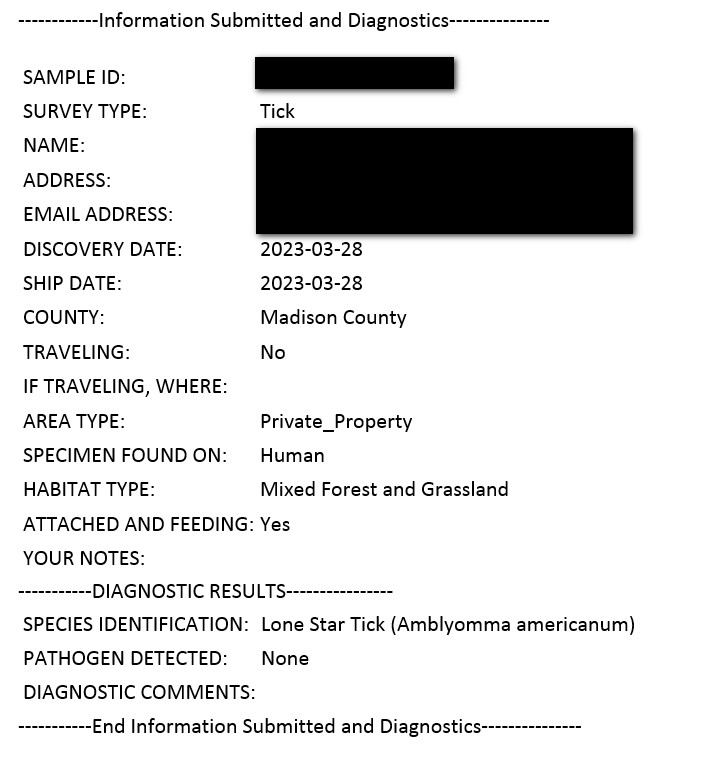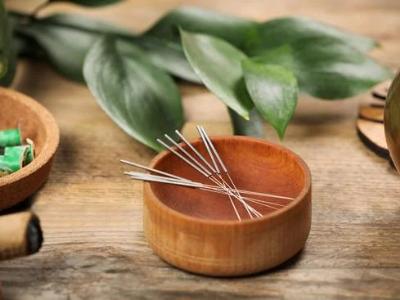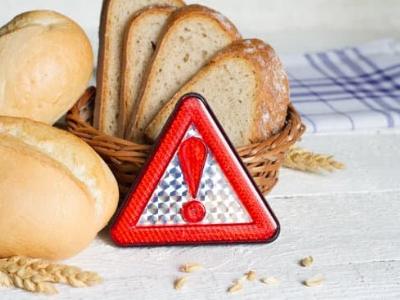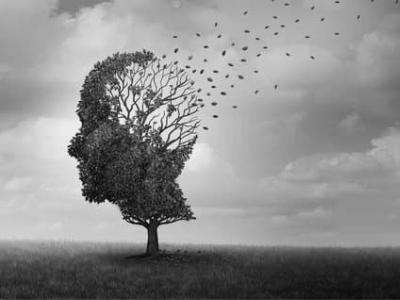As a person who was raised to look at every creature as having a place and purpose in the world—I admit there is a short list of critters I just can’t find a reason to have around. At the top of my list is the tick. Some of the most stubborn diseases we treat come from a bite from these tiny bloodsuckers. Worse yet, the range of conditions keeps growing; both in terms of geographical regions and the types of pathogens they carry.
Early diagnosis and removal of the tick are essential in preventing the development of severe complications. Additionally, preventive measures such as wearing protective clothing, using insect repellents (we are currently working on developing one!), and conducting regular tick checks after outdoor activities can help minimize the risk of tick bites and subsequent diseases.
One of our local universities is doing a study analyzing ticks that are being sent in from around the region to map what they are carrying and where they are found. I highly encourage you to support the University of Kentucky in this initiative and as a bonus, they will send you a report of their findings (here is a sample):

For me, it was peace of mind to know that the ticks I found attached to me were not carrying anything harmful.
University of Kentucky Entomology Page
University of Kentucky Guide to Identification and Testing and form link
So what was I worried about? In our area, Lyme and Rocky Mountain Spotted Fever are common, and along with those, Babesiosis and Ehrlichiosis are possible infections. Even before I had the results—I took steps to protect myself. I don’t often recommend antibiotics unless absolutely necessary but for people who tolerate doxycycline well it’s definitely worth a call to your doctor to discuss doing a prophylactic round of antibiotics after a tick bite. Not all of us have that option though—I have a genetic anomaly that puts many medications on the “avoid if possible list”, including most antibiotics, so I have developed other strategies for care. I took 2 weeks of strong anti-microbial herbs that have an excellent track record against most tickborne diseases and also boost immune activity as a precaution. As an additional concern, since one of the ticks was a Lone Star Tick, there was a chance of developing an allergic reaction to mammals (see our Alpha Gal article for more information about this unusual allergy). Fortunately, I didn’t develop that either but if I had—yes, acupuncture can help with that too!
If you made it this far into the article, congratulations! As a thank you for being loyal reader, use the code “tickssuck” for 10% off you next order from our website. Discount code valid 6/15/23 - 7/15/23. Not valid with other offers, not valid for gift cards. Other restrictions may apply.
Now, back to the tickborne diseases—part of the challenge with diagnosing tickborne infections is the testing can be very inaccurate with a high rate of false negatives. Most of these pathogens excel at hiding in tissues rather than circulating in the bloodstream allowing them to be hidden in the body and evading detection through traditional methods. Further complicating the issue is for people who have a history of concussion or whiplash injuries, these pathogens can more easily bypass the blood brain barrier and infiltrate the brain creating a host of neurological symptoms. In fact, some studies found that people who have had a concussion or whiplash are 80% more likely to develop chronic issues from tickborne diseases than those who don’t. The link between post-concussive issues and chronic tickborne diseases has only recently been published in the medical literature, but I see it frequently in the clinic. I suspect the 80% is a conservative number based on what I see in the office—so far 100% of my chronic tickborne disease patients have a history of concussion or whiplash.

Acupuncture is a useful adjunct in these cases, but acupuncture alone will not resolve these cases. It takes an intensive combination of herbs, nutritional supplements, dedication to eating mostly anti-inflammatory foods, and getting enough rest and meditation to help heal the brain to see a full recovery—but the good news is there is hope. It’s not a fast process, but it is effective for the majority of our patients who follow their care guides. So if you or someone you know is struggling with unexplained fatigue, joint pain, brain fog, persistent muscle knots that don’t respond to body work or acupuncture, weird non-diabetic neuropathy and otherwise feel awful but their bloodwork is all normal—odds are very good that we can help!
May is a month loaded with great awareness campaigns—most of which we see routinely in our clinic: Lyme, Mental Health, Ehlers-Danlos Syndrome, and Celiac Disease. Two of those are largely genetic—Celiac Disease and Ehlers-Danlos Syndrome—and while we can’t change your genes, acupuncture, herbs, and appropriate nutritional support can greatly improve the quality of life for patients with these conditions.
Our favorite supplements for Ehlers–Danlos Syndrome are available below; but please note these options are not all vegan or gluten-free so please contact our office for help choosing replacement products for this protocol if you need to avoid mammal or gluten:

Celiac Disease & Gluten Intolerance—What’s the Difference?
As far as Celiac Disease, there is a wide range of experiences: from those with an allergy to gluten creating the sensitivity, to those with true Celiac disease who simply won’t be able to effectively process gluten, to those who aren’t allergic—but react to the lectins in gluten and have an inflammatory response to these grains. While conventional thinking says allergies can only be managed and not treated, we are seeing people’s allergies actually go away (even as measured with IgE in the bloodwork) as a result of a highly specialized technique called “Soliman’s Auricular Allergy Treatment” pioneered by Dr. Nader Soliman, MD, LAc. While this technique is most widely known for helping people with alpha-gal allergies (an allergy to a carbohydrate found in mammal products triggered by tick bites) it actually is effective for most allergies.
We have helped people with nut allergies, dairy allergies, animal allergies, and even severe environmental allergies—not just pollen, dust, and molds, but more rare allergies such as sunlight and water! Gluten allergies also respond very well to this treatment; which brings me back to my earlier point about allergies vs. genetic limits vs. inflammatory response to other elements of gluten. For someone coming in with just a gluten allergy, this treatment will normally allow them to eat gluten without a reaction if they had a measurable IgE response to gluten in the past, and in many cases, this will disappear. Those with a genetic intolerance (what we refer to as “true Celiac”) still can’t eat gluten routinely after SAAT, but if they are accidentally exposed to gluten, they report that the reactions are greatly reduced. A similar effect is reported among those with lectin intolerance; they can’t always eat as much as they want, but small amounts and cross-contamination don’t cause the severe reactions they used to have.
For those with true Celiac—the reduced reactivity is a welcome relief; allowing them more options to enjoy meals with friends and family who may not realize what “gluten-free” really means even with the best intentions. For example, many people know that wheat has gluten, but they don’t realize most beers contain gluten. Foods like soy sauce and many spice blends contain small amounts of gluten as well, and for people with Celiac disease, even small amounts can create distressing reactions. Worse yet, labeling requirements are very bad in the US and many products contain unlabeled sources of gluten! In more severe cases, even topical exposure to gluten through lotions, soaps, or hair care products can create a reaction (though so far those reactions seem to be greatly reduced even in the most severe cases after SAAT).
Have someone in your life who needs to be gluten-free?
We created this handy guide of safe foods and hidden sources of gluten for reference!

The Hidden Cost of Lyme Disease
Lyme Disease may be one of the most pervasive and least frequently diagnosed conditions in the US. The current standard test, the ELISA test is estimated to be 70% accurate, but some independent testing has shown the current standard of combining an ELISA test with a Western Blot Test (which is reported to be 99% accurate) may be off more than 50% of the time, especially in cases of neurological Lyme. Worse yet, most doctors haven’t read the research about how a history of concussion or whiplash can make someone up to 80% more likely to develop chronic neurological Lyme because of damage to the blood-brain barrier. If there are other underlying chronic pathogens such as Epstein Barr Virus or Covid, those numbers very quickly get much worse. Diagnoses of Lyme Disease from Columbia University Medical Center
So in a month of Mental Health Awareness—why am I writing about misdiagnosed Lyme?
“People with psychiatric disorders related to Lyme disease may experience symptoms like fatigue, depression, anxiety, brain fog, rage, sleep disturbances, Bipolar disorder, and more. The longer that Lyme disease goes untreated, the more likely a patient is to develop these symptoms and disorders.”
The Effects of Lyme Disease, igenex.com
Chronic Lyme can also cause autonomic neuropathy. In these cases, the range of symptoms that can emerge is extremely broad and often leaves providers perplexed because the usual tests for those conditions will all be “normal”. Autonomic Neuropathy, Medscape
Arguably this subject can fill a book (one that I am working on) but suffice to say, many of the treatment strategies that are key to recovering from Lyme are beneficial for mental health, even in the absence of Lyme. Without going too far down into the weeds, it’s important to feed the body real food, minimize sugars (even hidden sugars like grains and breads), focus on nutrient-dense veggies for about 70% of your diet, and then find a balance of grains, fruits, and meats for the remaining 30% that keeps you feeling good. The same goes for mental health—better nutrition supports better mental health. In addition, nutrition to support the mitochondria in the cells can make a huge difference. Some of our favorites can be found here:
Feeling overwhelmed with how to eat healthy? Check out our free Facebook group, Raja Wellness Ways to Health for recipes, tips, inspiration, and to share those techniques that work for you!
Need one-on-one support? Clean Good Eats is a great resource—they have group classes on healthy cooking, or you can reach out to Dr. Sakinah Bunch for private coaching.
Yours in Health,
Jenny-Marie